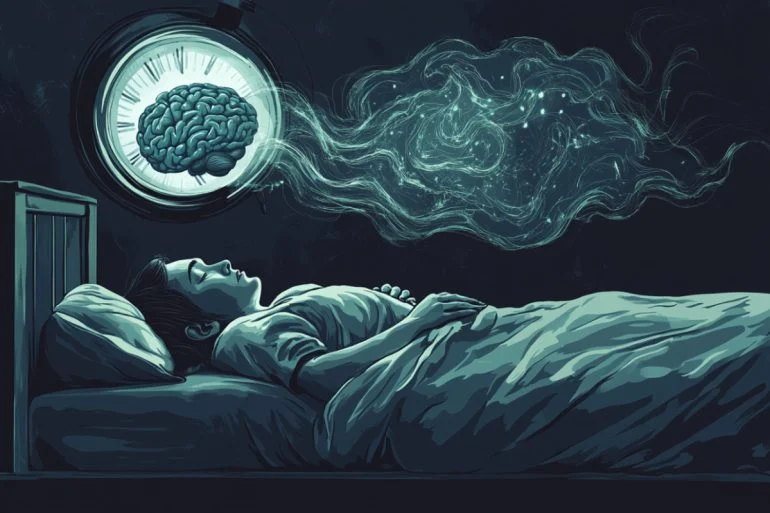Researchers Uncover How the Brain Learns Inferred Emotions
A groundbreaking study has revealed how the brain learns inferred emotions—emotional responses based not on direct experience, but on internal associations. The research shows that the brain’s frontal region works in tandem with the amygdala—known for its role in basic emotional learning—to support this more complex emotional ability. This marks the first time scientists have demonstrated how the brain encodes internal, human-like models of emotion.
Decoding Inferred Emotions
To understand inferred emotions, imagine a child who often sees a wasp flying in and out of a nest. One day, the child is stung—a frightening event that alters her emotional response not only to the wasp, but also to the nest. From then on, even seeing the empty nest triggers anxiety. Though the nest wasn’t involved in the sting itself, the child infers danger from it, linking the sight of the nest to the painful experience.
Curious about how such emotional inferences occur in the brain, Xiaowei Gu and Joshua Johansen at Japan’s RIKEN Center for Brain Science developed a rat model to study this process.
The Study Design
In their experiment, rats first learned a neutral association between a sound and an image. Later, the image was paired with an unpleasant experience—aversive conditioning. When the rats heard the sound again the next day, they froze in fear, indicating they had inferred something unpleasant from the noise alone. This showed that rats, like humans, can learn emotional associations indirectly.
Neural Mechanisms of Inference
With this model established, the team examined brain activity using calcium imaging and optogenetics, focusing on the medial prefrontal cortex (mPFC), a region suspected to be crucial for emotional inference.
Initially, mPFC neurons responded similarly to both sound and image, regardless of pairing. But after aversive conditioning, the number of neurons responsive to both the noise and the image increased—only if those stimuli had previously been paired. This suggested that the initial pairing had “tagged” specific neurons, preparing them to form an emotional association during later negative experiences.
When researchers blocked the mPFC during aversive conditioning, rats failed to form an inferred link between sound and unpleasantness. They also found that interrupting the connection between the mPFC and the amygdala during testing prevented rats from recalling the inferred fear memory. Interestingly, the rats could still respond to the image with fear, suggesting that only the process of inference depends on mPFC function.
Implications for Human Emotions
As Johansen notes, “Decades of research have shown the amygdala stores simple emotional memories based on direct experience. But our findings show that the mPFC is essential for higher-order, human-like emotional processes that rely on inference and internal modeling.”
He adds, “This study opens new pathways for exploring how the brain processes complex emotions—insights that are highly relevant to understanding and treating mental health conditions such as anxiety and trauma-related disorders.”
Source: Science Daily









